Home>Furniture & Design>Interior Design Trends>What Is Libyan Desert Glass
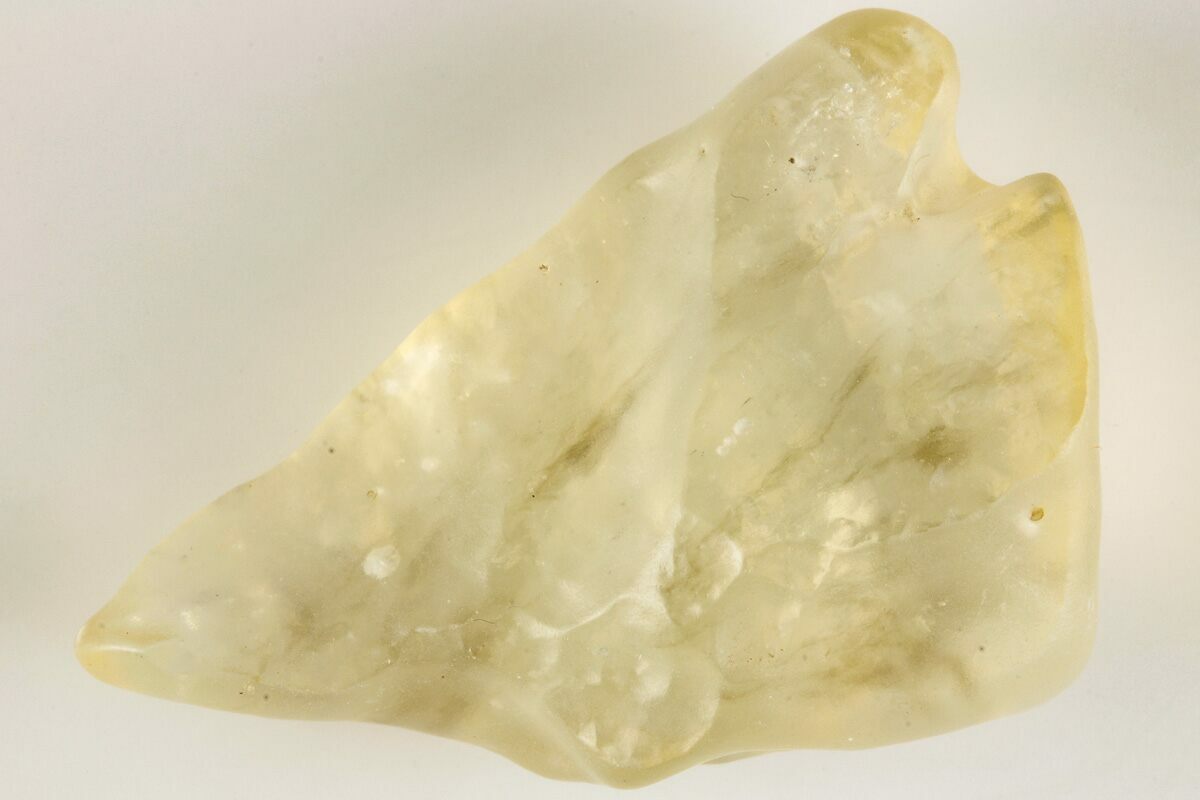

Interior Design Trends
What Is Libyan Desert Glass
Published: February 7, 2024
Discover the latest interior design trends with our guide to Libyan Desert Glass. Explore how this unique material can elevate your home decor.
(Many of the links in this article redirect to a specific reviewed product. Your purchase of these products through affiliate links helps to generate commission for Storables.com, at no extra cost. Learn more)
Introduction
Libyan Desert Glass, also known as Great Sand Sea Glass, is a rare and fascinating material that has captivated scientists, historians, and gemstone enthusiasts for centuries. This enigmatic substance is found in the remote and arid expanses of the Libyan Desert, adding an air of mystery to its already intriguing nature. Believed to have formed thousands of years ago, Libyan Desert Glass has sparked numerous theories and speculations about its origin and properties.
The allure of Libyan Desert Glass lies not only in its scarcity but also in its unique characteristics. Its vibrant yellow-green hue and translucent appearance make it a prized addition to jewelry and artifact collections. Furthermore, the scientific community has been drawn to this material due to its unusual formation and the insights it offers into ancient geological events.
As we delve into the world of Libyan Desert Glass, we will uncover the remarkable story behind its formation, explore its distinctive properties, and shed light on its historical and cultural significance. Join us on a journey through the windswept dunes of the Libyan Desert as we unravel the mysteries of this extraordinary natural wonder.
Key Takeaways:
- Libyan Desert Glass is a rare and captivating material formed by a meteorite impact 29 million years ago. Its vibrant color, purity, and durability make it prized for jewelry and scientific study.
- This enigmatic glass holds cultural, historical, and scientific significance, from ancient Egyptian mythology to modern research. It continues to inspire fascination and offers insights into cosmic events and planetary processes.
Read more: What Eats A Desert Wildflower
Formation of Libyan Desert Glass
Libyan Desert Glass is believed to have formed approximately 29 million years ago, during a cataclysmic event that remains the subject of scientific debate. The prevailing theory suggests that a meteorite impact, possibly from a comet or asteroid, triggered the extraordinary formation of this unique glass. The immense heat generated by the impact is thought to have melted the surrounding sand, creating the stunning yellow-green glass fragments that are scattered across the desert landscape.
The process of glass formation, known as impact melting, occurs when the energy released by a meteorite collision surpasses the melting point of the impacted material. In the case of Libyan Desert Glass, the intense heat and pressure generated by the meteorite impact caused the silica-rich sand to liquefy and then rapidly cool, resulting in the formation of the distinctive glassy material.
The remote and desolate region of the Libyan Desert, where the glass is found, has preserved these ancient remnants, offering a glimpse into a momentous event that occurred millions of years ago. The vast expanse of the desert, with its minimal human interference, has allowed Libyan Desert Glass to endure as a testament to the forces of nature and the enduring mysteries of our planet's history.
As researchers continue to study this remarkable substance, new insights into its formation and the events that led to its creation may emerge. The enigmatic origins of Libyan Desert Glass continue to fuel scientific curiosity and inspire further exploration into the geological phenomena that have shaped our world.
The formation of Libyan Desert Glass stands as a testament to the profound impact of celestial events on our planet's geological and natural history. This extraordinary material serves as a tangible link to the ancient forces that have shaped the Earth, offering a window into the distant past and the awe-inspiring processes that have shaped our planet over millions of years.
Properties and Characteristics
The properties and characteristics of Libyan Desert Glass are as intriguing as its enigmatic origins. This rare substance, with its vibrant yellow-green hue and translucent appearance, possesses a unique set of features that distinguish it from other types of glass and minerals.
One of the most striking attributes of Libyan Desert Glass is its color. The glass exhibits a captivating range of hues, from pale yellow to rich olive green, which is attributed to the presence of iron and other trace elements. This distinctive coloration, combined with its translucent quality, makes Libyan Desert Glass a sought-after material for jewelry and ornamental pieces.
In addition to its remarkable color, Libyan Desert Glass is known for its exceptional purity. Unlike common glass, which often contains impurities that affect its clarity and structural integrity, Libyan Desert Glass is renowned for its high degree of transparency and lack of inclusions. This purity contributes to its allure and makes it a prized material for crafting exquisite gemstone jewelry and decorative items.
Furthermore, the physical properties of Libyan Desert Glass set it apart from conventional glass and minerals. With a hardness comparable to that of quartz, this natural glass exhibits impressive durability and resistance to scratching and abrasion. Its smooth, glassy texture and conchoidal fracture patterns add to its appeal, making it a favored material for lapidary work and artistic creations.
Moreover, the unique chemical composition of Libyan Desert Glass distinguishes it as a material of scientific interest. Analysis of its elemental makeup has revealed intriguing insights into its formation and the geological processes that shaped it. The presence of rare elements and isotopic signatures within the glass has provided valuable clues about its extraterrestrial origins and the cataclysmic event that led to its creation.
As a testament to its exceptional properties and captivating characteristics, Libyan Desert Glass continues to captivate researchers, collectors, and enthusiasts alike. Its alluring appearance, combined with its geological significance and historical intrigue, ensures that this extraordinary material will remain a source of fascination and wonder for generations to come.
Uses and Significance
The uses and significance of Libyan Desert Glass extend far beyond its aesthetic appeal and geological intrigue. This extraordinary material has played a significant role in various cultural, historical, and scientific contexts, making it a cherished gemstone and a subject of fascination for researchers and enthusiasts worldwide.
Cultural and Historical Significance
Libyan Desert Glass holds a revered place in ancient mythology and folklore, particularly among the indigenous peoples of the Sahara Desert. For centuries, this enigmatic substance has been imbued with mystical and spiritual significance, often regarded as a sacred material with powerful metaphysical properties. In ancient Egyptian culture, Libyan Desert Glass was associated with the sun god Ra and was believed to possess protective and healing qualities. It was used in jewelry, amulets, and ceremonial objects, symbolizing the radiant energy of the sun and the divine forces of creation.
Furthermore, the historical significance of Libyan Desert Glass is underscored by its use in ancient artifacts and jewelry, dating back to the reign of the pharaohs. The exquisite craftsmanship and symbolic significance of these artifacts highlight the cultural importance of this rare material, reflecting its enduring allure and timeless appeal across civilizations.
Read more: How To Plant Desert Rose Seeds
Contemporary Uses and Applications
In modern times, Libyan Desert Glass continues to be prized for its ornamental and lapidary applications. Its vibrant color, exceptional transparency, and unique geological origins make it a coveted material for crafting exquisite gemstone jewelry, decorative objects, and collector's items. The alluring beauty and rarity of Libyan Desert Glass have positioned it as a sought-after gemstone, adorning elegant jewelry pieces and artisanal creations.
Moreover, the scientific significance of Libyan Desert Glass extends to its potential applications in research and technological innovation. Its exceptional purity and unique chemical composition make it a valuable material for geochemical studies, impact crater investigations, and the study of extraterrestrial materials. Researchers continue to explore the isotopic signatures and elemental composition of Libyan Desert Glass, unraveling its role as a window into ancient cosmic events and planetary processes.
Symbolism and Collectible Value
Beyond its practical uses, Libyan Desert Glass holds symbolic and collectible value for gemstone enthusiasts, historians, and collectors. Its association with celestial phenomena and ancient cataclysms imbues it with a sense of cosmic mystique, appealing to those fascinated by the mysteries of the universe. As a rare and exotic gemstone with a rich historical legacy, Libyan Desert Glass has become a prized addition to gem and mineral collections, cherished for its rarity, beauty, and the enigmatic story it embodies.
In summary, the uses and significance of Libyan Desert Glass encompass a rich tapestry of cultural, historical, and scientific dimensions. From its revered status in ancient mythology to its contemporary applications in jewelry and research, this extraordinary material continues to captivate and inspire, serving as a tangible link to the ancient forces that have shaped our world and the enduring allure of the cosmos.
Libyan Desert Glass is a rare and valuable natural glass found in the eastern Sahara desert. It was formed by a meteorite impact around 29 million years ago.
Current Research and Discoveries
Ongoing research into Libyan Desert Glass continues to yield fascinating discoveries, shedding new light on its origins, geological significance, and potential applications in various scientific fields. The enigmatic nature of this natural glass has spurred a resurgence of interest among geologists, planetary scientists, and archaeologists, leading to a deeper understanding of its formation and the events that shaped it.
One area of current research focuses on the isotopic composition of Libyan Desert Glass, which provides valuable insights into its extraterrestrial origins and the celestial processes that led to its formation. By analyzing the isotopic signatures of rare elements within the glass, researchers aim to unravel the cosmic events that precipitated its creation, offering a glimpse into ancient meteorite impacts and their impact on terrestrial environments.
Furthermore, studies of impact craters and geological formations in the vicinity of Libyan Desert Glass sites have provided compelling evidence of meteorite impacts and their potential correlation with the glass's formation. By examining the geological context and spatial distribution of the glass fragments, scientists seek to reconstruct the dynamics of ancient impact events and their implications for Earth's geological history.
In addition to its geological significance, Libyan Desert Glass has garnered attention for its potential applications in planetary science and space exploration. The unique properties of this natural glass, including its purity and resistance to weathering, make it an intriguing analog for studying impact processes on other planetary bodies. Researchers are exploring the use of Libyan Desert Glass as a terrestrial reference material for understanding impact cratering and the formation of impact glasses on the Moon, Mars, and beyond.
Moreover, advancements in analytical techniques, such as mass spectrometry and microprobe analysis, have enabled researchers to delve into the chemical composition of Libyan Desert Glass with unprecedented precision. These studies have revealed the presence of rare elements and isotopic anomalies, providing valuable data for unraveling the glass's origins and its potential connections to cosmic events.
As research into Libyan Desert Glass continues to evolve, the ongoing discoveries and interdisciplinary collaborations underscore the enduring fascination and scientific importance of this extraordinary material. The quest to unlock the mysteries of its formation, its cosmic origins, and its implications for understanding planetary processes remains a driving force behind current research efforts, promising further revelations and insights into the ancient forces that have shaped our planet and the cosmos.
Frequently Asked Questions about What Is Libyan Desert Glass
Was this page helpful?
At Storables.com, we guarantee accurate and reliable information. Our content, validated by Expert Board Contributors, is crafted following stringent Editorial Policies. We're committed to providing you with well-researched, expert-backed insights for all your informational needs.
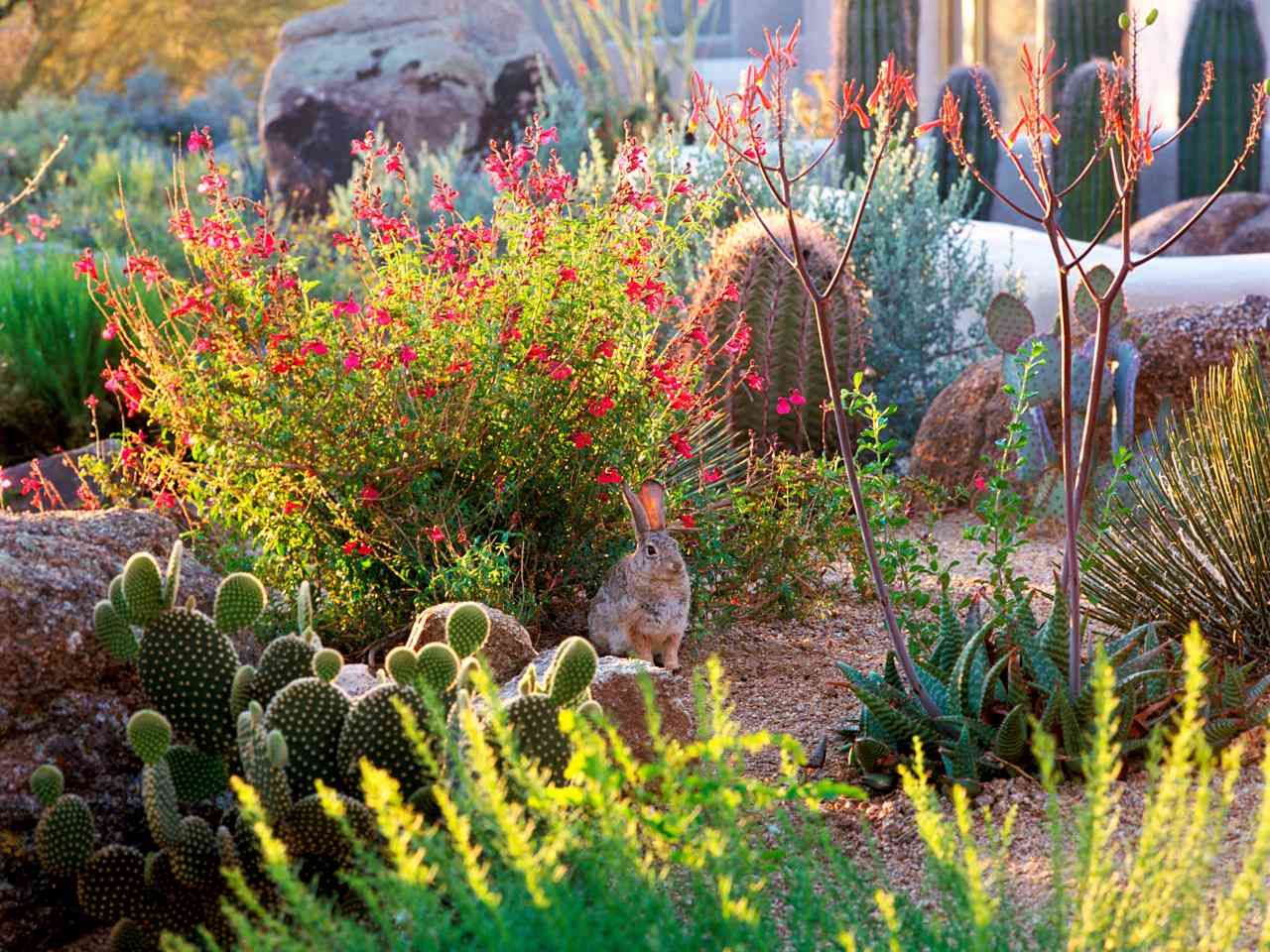
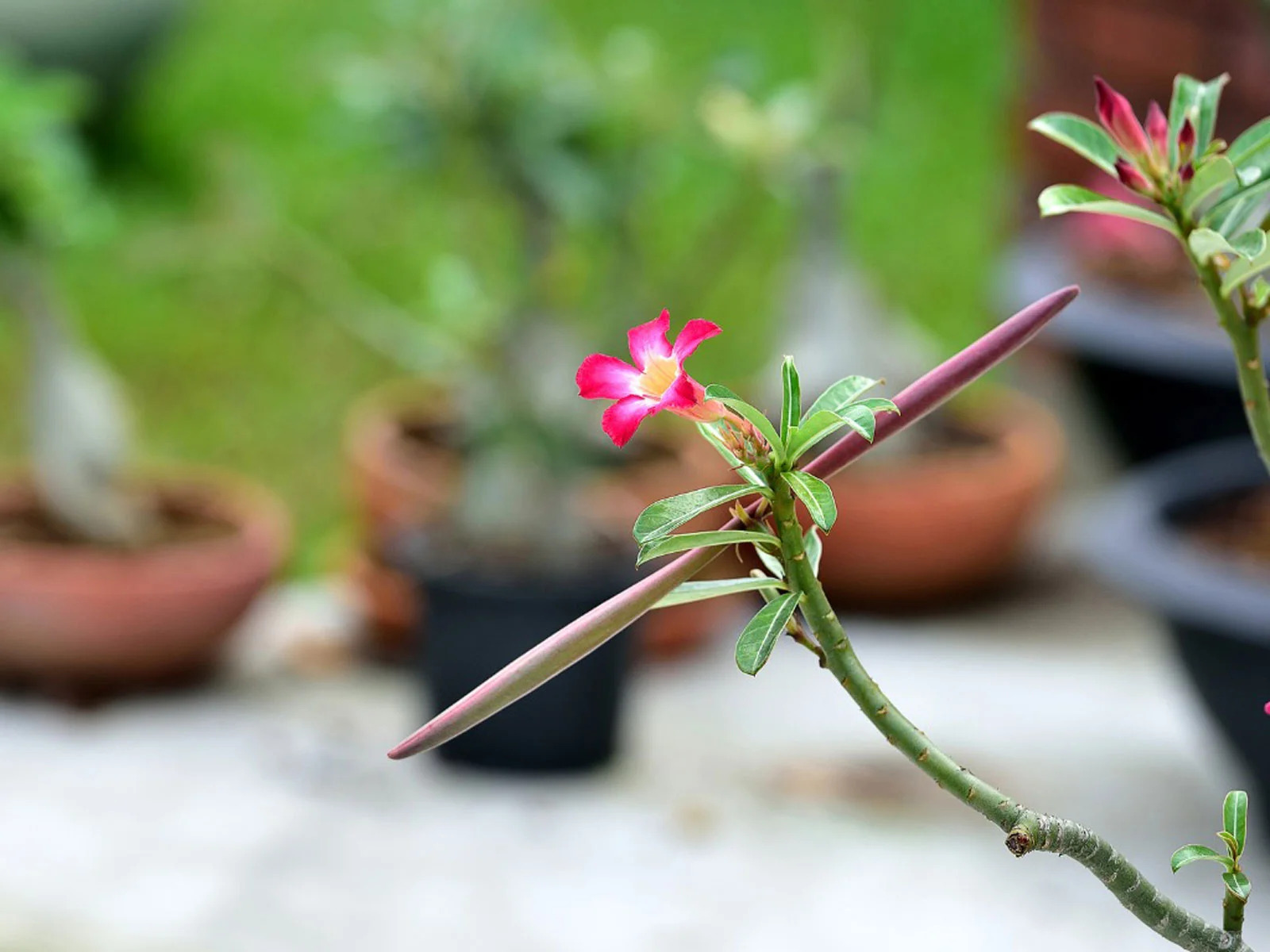

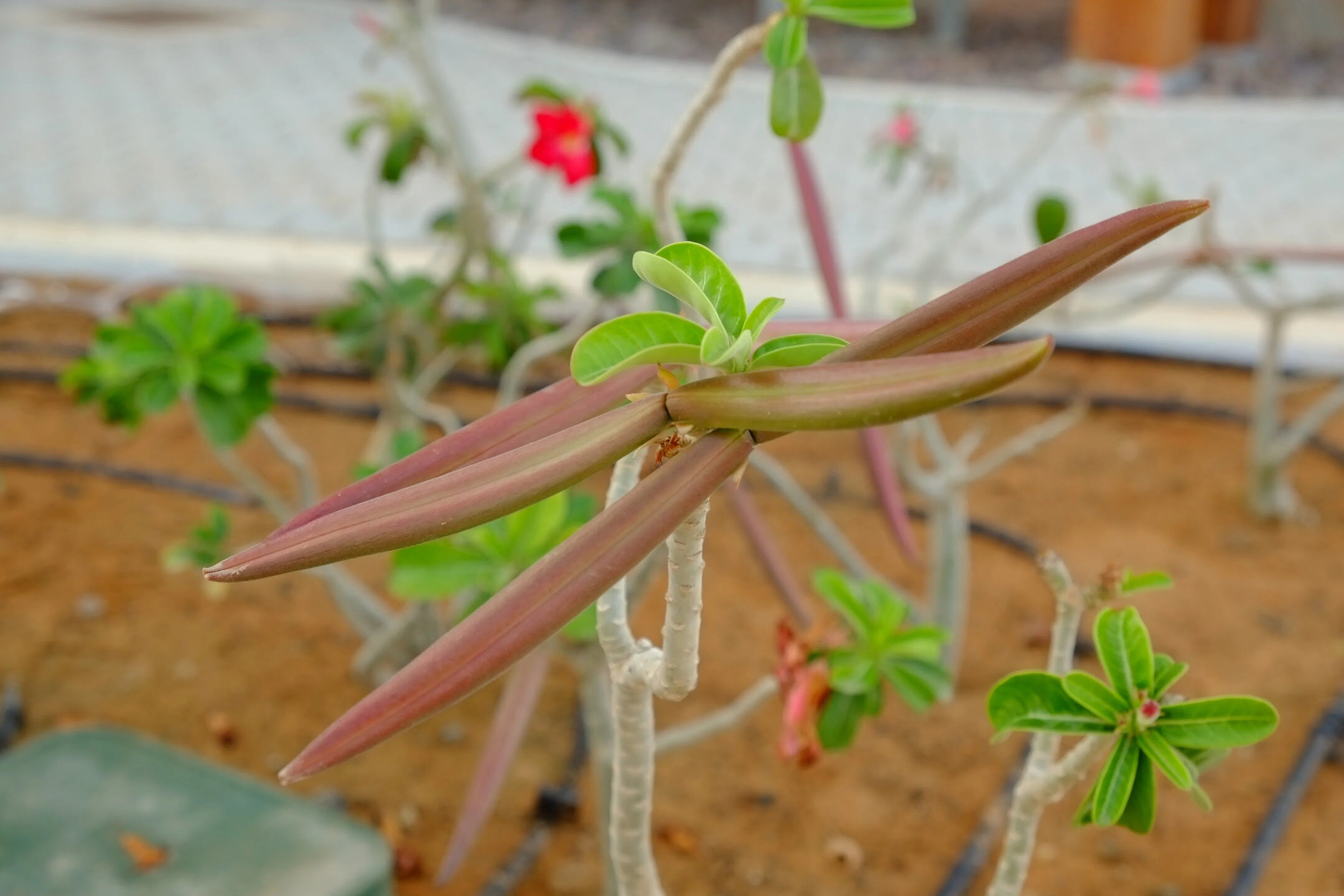
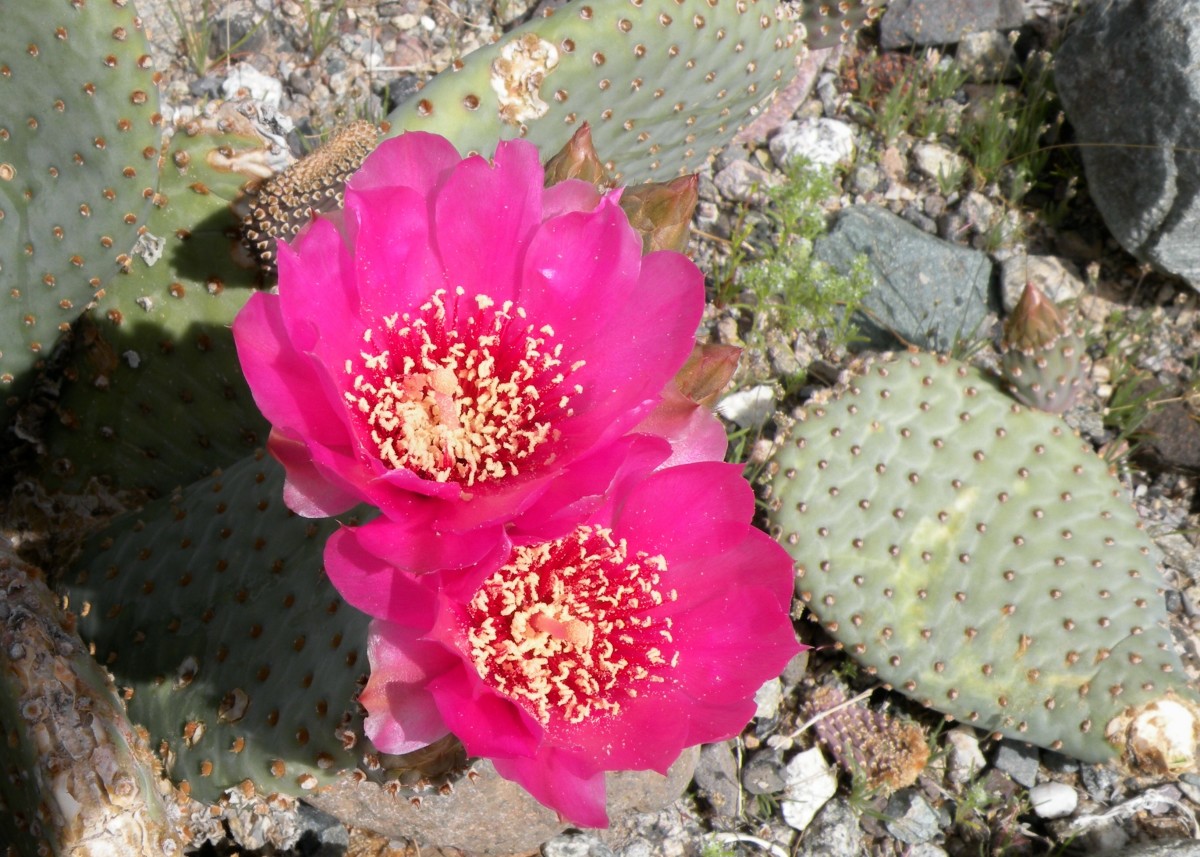

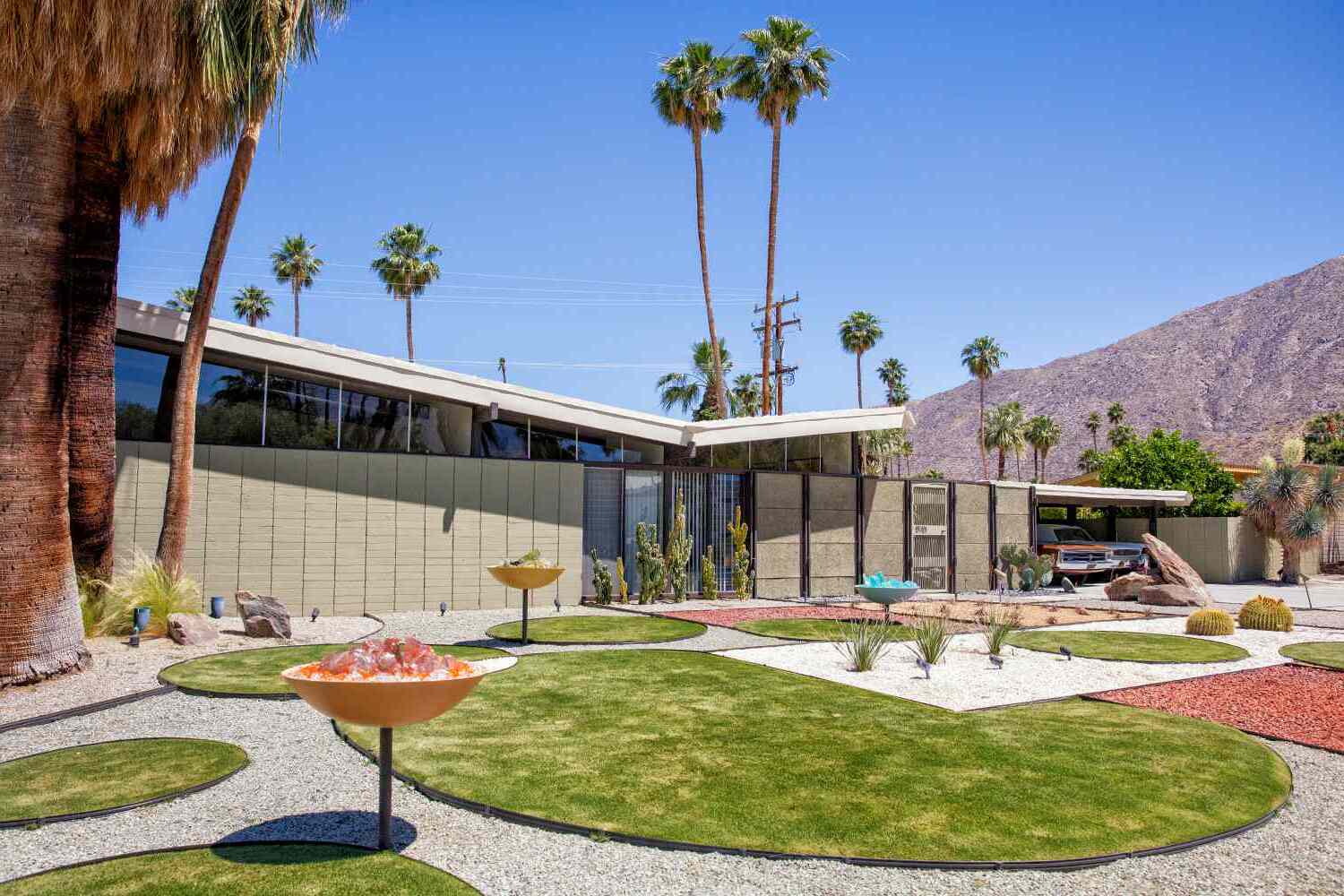

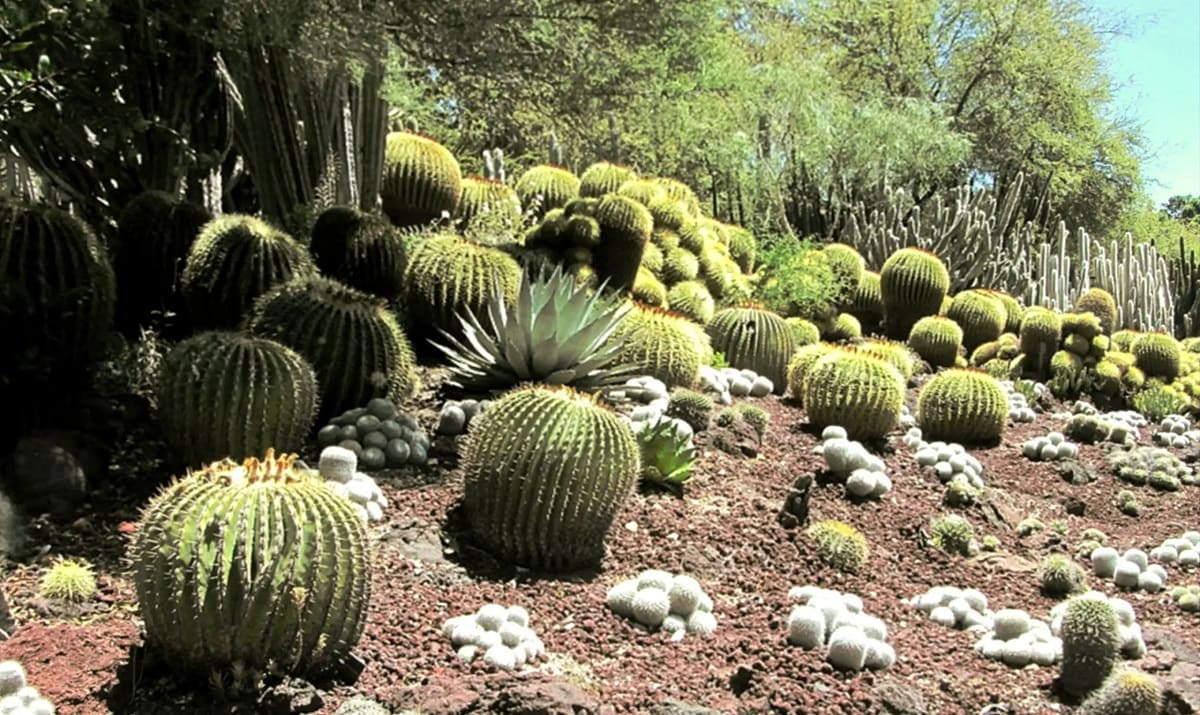

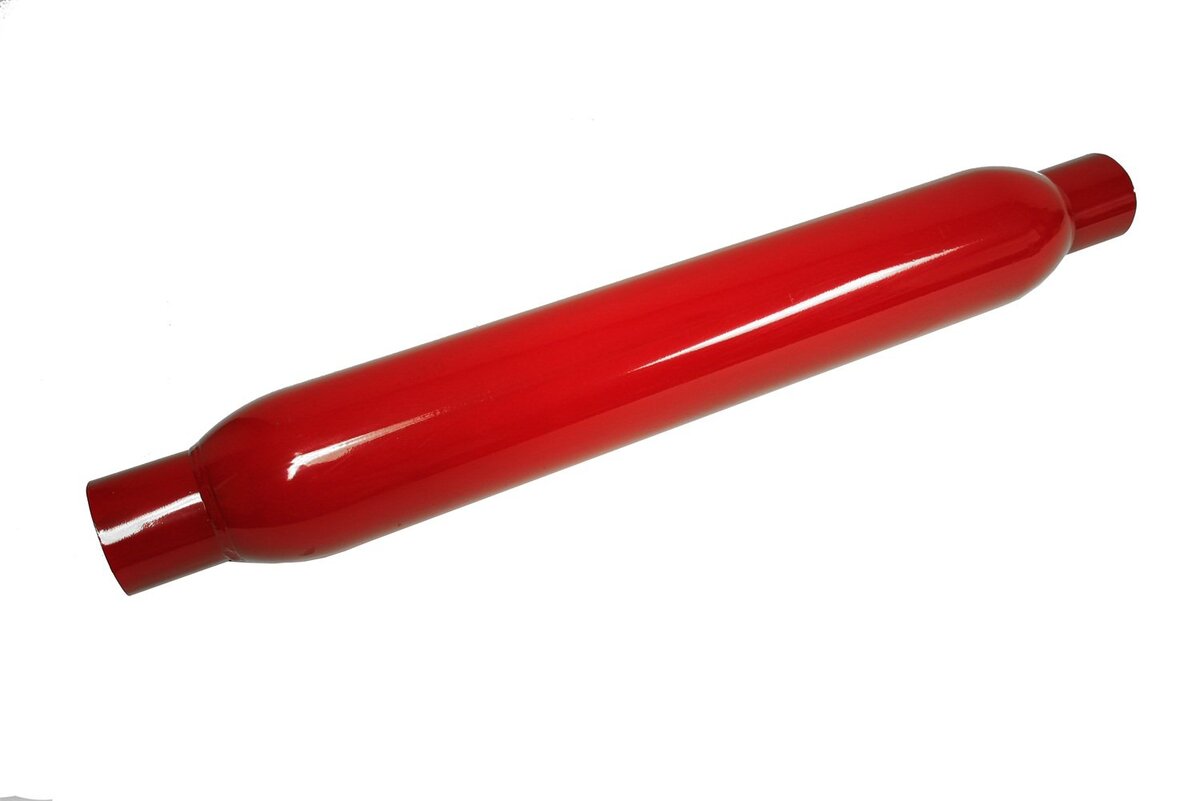

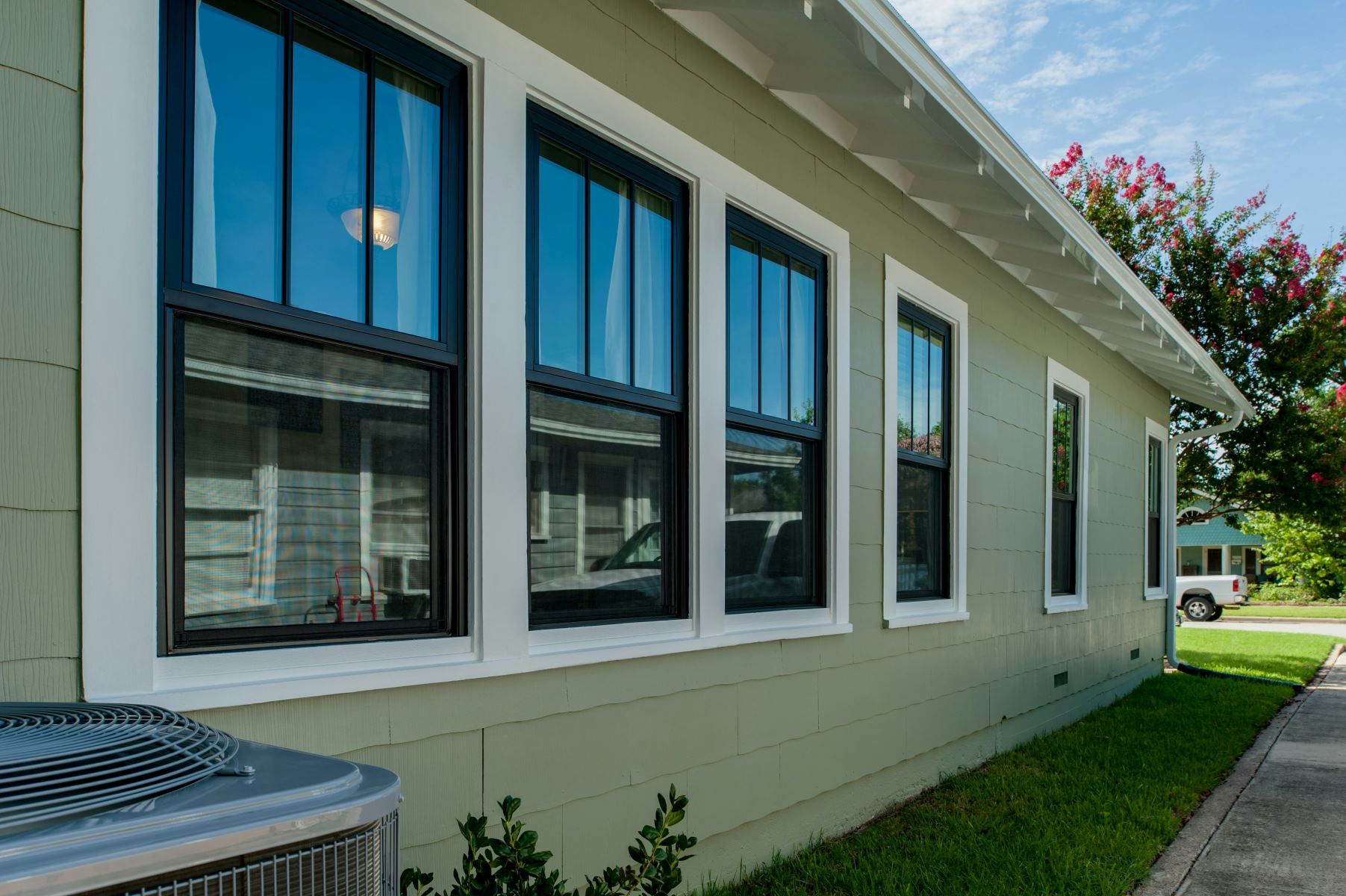


0 thoughts on “What Is Libyan Desert Glass”